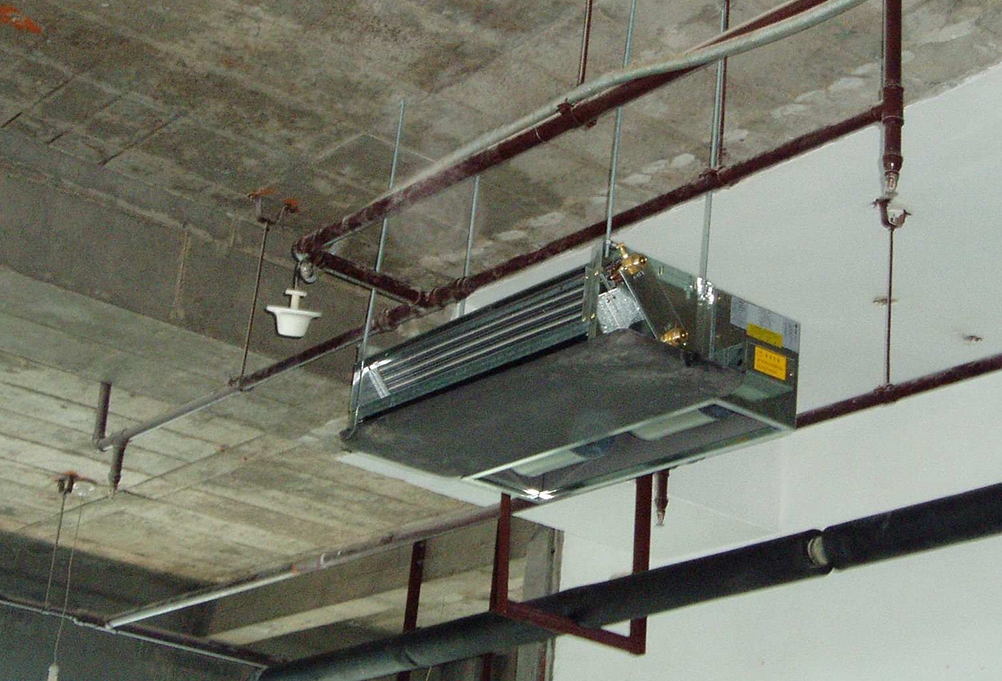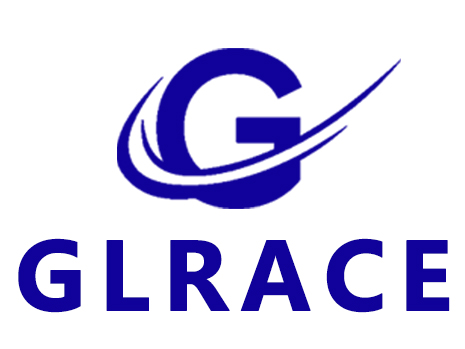Fan coil units serve as one of the primary terminal devices in central air conditioning systems, comprising core components such as compact fans, electric motors, and coil assemblies (air heat exchangers). Their operating principle involves heat exchange between chilled or hot water circulating through the coils and indoor air driven by the fan, thereby achieving air cooling, dehumidification, or heating. This enables precise regulation of indoor temperature, humidity, and air quality. Widely deployed in comfort and process air conditioning applications across diverse buildings, these units are highly efficient and flexible terminal devices for heating and cooling supply.

Basic Functions and Roles of Fan Coil Units
1. Providing a Comfortable and Healthy Indoor Environment
Fan coil units create indoor environments that meet human comfort requirements by controlling temperature, humidity, cleanliness, and fresh air volume. For example, typical comfort standards are generally set at 24±1°C temperature and 55%±5% relative humidity. Fan coil units must possess high control precision to stably maintain indoor parameters while effectively filtering air and introducing fresh air to ensure air freshness and cleanliness.
2. Meeting Specialized Process Environment Requirements
In certain industrial settings—such as textile workshops, precision instrument manufacturing, pharmaceutical production, and laboratories—temperature and humidity control directly impacts product quality and production safety. Fan coil units deliver high-precision thermal and humidity environments, ensuring stable and reliable production processes while preventing product defects or equipment failures caused by environmental fluctuations.
3. Eliminating Harmful Substances and Excess Heat/Moisture
In densely populated areas or spaces with significant equipment heat dissipation, HVAC fan coil units can integrate with fresh air and exhaust systems to effectively expel harmful gases like carbon dioxide, odors, and volatile organic compounds (VOCs). Simultaneously, they remove localized thermal and moisture loads, maintaining environmental equilibrium and safety.
General Technical Requirements for Fan Coil Unit Installation
- Pre-Installation Inspection and Testing
Prior to installation, conduct a visual inspection to confirm no transport damage; perform a three-speed operation test to verify smooth fan operation and noise compliance; execute a hydrostatic pressure test to ensure no leaks in the coil.
2. Pipe Connection Method
Flexible connections (e.g., metal hoses or rubber flexible joints) must be used between water pipes and the hydronic fan coil unit to minimize vibration transmission and pipe stress effects on the equipment, preventing joint loosening or leakage.
3. Valve and Filter Placement
Supply and return valves along with filters should be installed as close as possible to the fan coil unit and positioned above the condensate pan. This facilitates adjustment and maintenance while preventing condensate drips from affecting electrical components.
4. Suspension and Slope Requirements
Ensure the unit is level and securely suspended during installation. Suspension rods must be locked with double nuts. Maintain a 0.003 slope toward the condensate pan outlet to ensure smooth condensate drainage. Concealed units require an access panel in the ceiling for maintenance and replacement.
5. Connection Operations and Condensate Management
Use specialized tools for pipe connections to prevent damage to coil interfaces. Connect condensate pipes with 200mm-long plastic flexible tubing secured by dedicated clamps to prevent detachment and leakage.
6. System Flushing and Commissioning
Fan coil units must be connected only after thorough system piping flushing to prevent blockages from welding slag or debris. If filters are installed, remove and clean them after system commissioning, ensuring unobstructed flow before final handover.
Supplementary Knowledge Points and Extended Content
1. Classification Types
Fan coil units can be categorized by installation method into exposed, concealed, vertical, horizontal, cassette, and other types; by static pressure level into low-static and high-static types, with the latter commonly used in scenarios requiring longer ductwork connections.
2. Control Methods
Common control methods include three-speed switch control, thermostat + electric two-way valve control, and networked centralized control systems. The latter enables functions such as zone control, scheduling, and remote monitoring, enhancing system intelligence.
3. Performance Parameters and Selection
Key parameters for selection include airflow rate, cooling capacity, heating capacity, external static pressure, and noise level. Selection should also consider room usage, thermal and humidity loads, and fresh air requirements.
4. Maintenance and Care
Regularly clean filters, condensate pans, and coil surfaces to prevent dust accumulation and bacterial growth that may compromise air quality and heat exchange efficiency. Conduct a comprehensive cleaning and system inspection at least once annually.
5. Common Issues and Solutions
Condensate overflow: Typically caused by clogged pans or insufficient installation slope;
Excessive Noise: Commonly caused by fan bearing wear or loose assembly;
Poor Cooling/Heating Performance: May result from coil scaling, filter blockage, or insufficient medium flow.
6. Energy Efficiency and Environmental Features
Modern fan coil units typically incorporate low-noise fan motors, high-efficiency copper heat exchange tubes, and eco-friendly insulation materials. Combined with variable water flow/variable air volume control technology, they achieve efficient operation under partial loads, meeting green building and energy-saving design requirements.
Summary
As a critical terminal component of air conditioning systems, the performance and installation quality of water cooled fan coil units directly impact the overall effectiveness and energy efficiency of the entire system. Proper selection, standardized installation, and regular maintenance are not only essential for ensuring comfortable and healthy indoor environments but also key to achieving energy-efficient and stable system operation. With advancements in smart control technologies and new materials and manufacturing processes, fan coil units will continue to improve in product performance and system integration, better meeting diverse indoor environmental control requirements.
